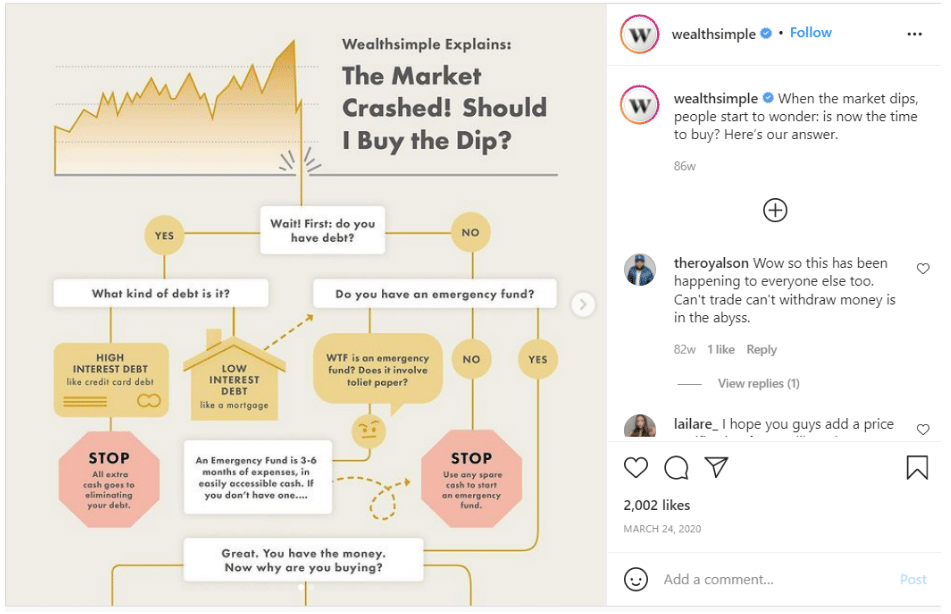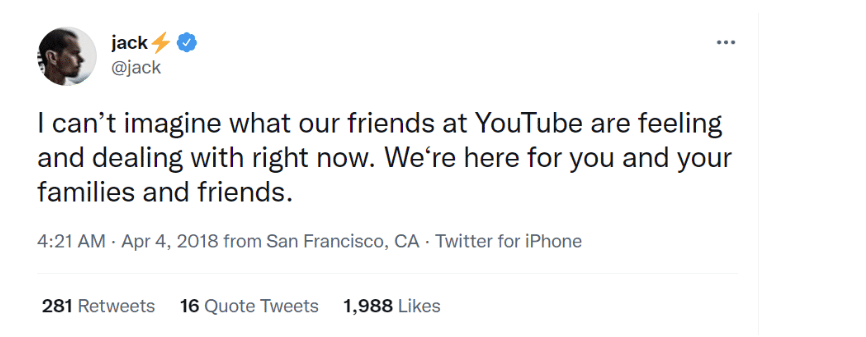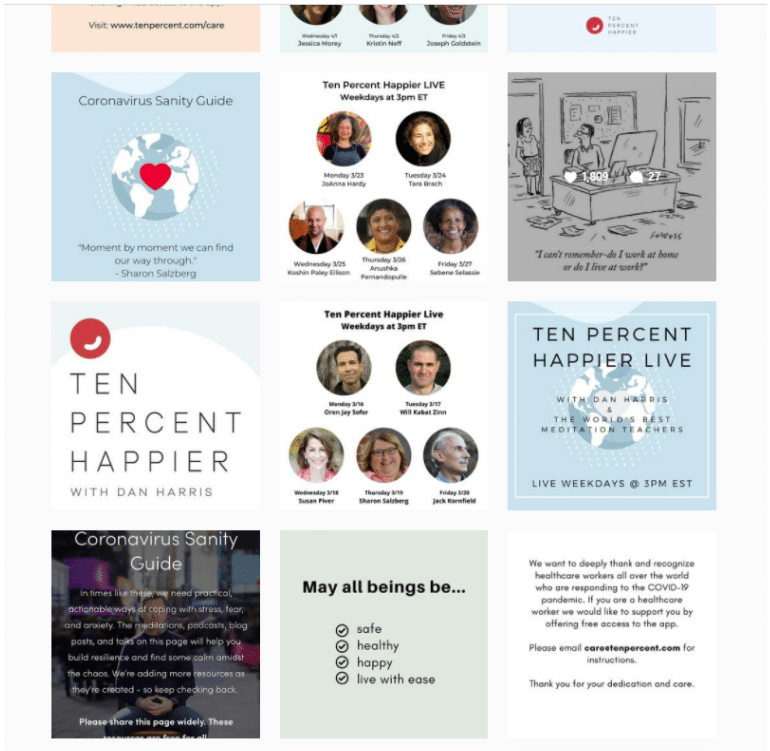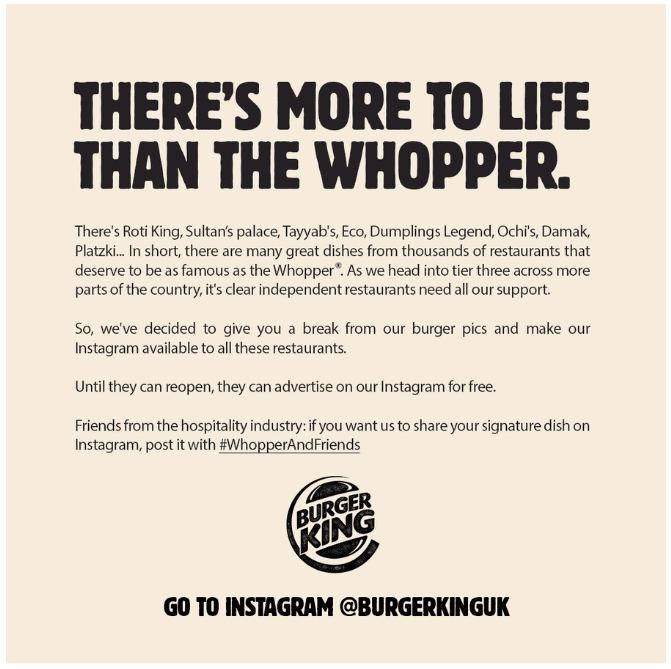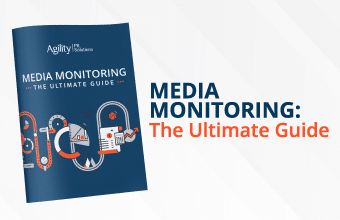The COVID-19 pandemic sent the world into a frenzy, and brands were no exception.
While many companies shared messages about staying safe at home, some brands like the David Suzuki Foundation found more creative ways to engage with their community in such a distressing global crisis.
The pandemic’s case goes to show how managing your brand voice on social media is a massive responsibility on any given day—but the weight of this responsibility multiplies during a crisis.
What’s your brand’s take on the situation? How should you respond? What’s the best way to communicate with your audience? When you’re in the middle of a crisis, questions are virtually endless. But the only way to find all the answers is through prompt media monitoring.
If you’re wondering how to use media monitoring to your advantage during a global crisis, then read these 6 best practices to inspire your strategy.
1. Revisit your content planner to focus on educational content
Most crises in the past, right from financial recessions to political catastrophes, have played out on social media simultaneously. So, the first step to building your social media strategy during a major crisis is to rethink your brand’s context in the situation. That is—whether it’s appropriate to promote your latest luxury clothing collection or simply talk and empathize.
If you already have a content planner, pause your scheduled posts and take some time out to gauge the situation better.
Instead of pushing your brand’s content, create educational content to inform your audience about the crisis as it develops, or what kind of steps they can take to mitigate the crisis. Here’s a topical post Wealthsimple made on the crashing market in early 2020.
2. Show empathy and compassion in your messaging
Imagine posting a generic message to stay at home and stay safe while millions of people struggle for basic amenities like a shelter and even more battle for their lives.
A generic, or worse—promotional, graphic or tweet is bound to backfire when you’re addressing a worldwide crisis. A dire situation demands your brand’s sincere empathy, so your customers understand you’re also human. Build your social media messaging to reflect this compassion and connect with your community at a deeper level.
One of the best examples of this comes from Twitter CEO Jack Dorsey himself when he posted consolation for the YouTube team after the 2018 shooting incident.
If you’re unable to alter your voice to match the gravity of the situation, then work with a marketing expert to reorient your messaging.
3. Monitor social media sentiment to create content
A crisis of any magnitude starts slow and then blows up into headlines across all media. So, monitoring social media is your best chance to address such a situation from the get-go. It gives you the advantage of staying ahead of the competition while becoming the voice of information for your audience.
Social listening—monitoring your brand’s mentions and conversations on social media—can give you a pulse of the public sentiment to shape your content strategy. It’ll help you get answers to important questions like:
- When there is a looming crisis, what’s your audience thinking about?
- What are other organizations doing?
- What aspects should you cover?
- What type of content is gaining traction?
- What are users expecting from you?
Use media monitoring to find accurate answers and craft more empathetic content that brings out your true brand sentiment in a tough situation.
4. Minimize misinformation and double down on credible sources
Fact: 55 percent of Americans find their news updates from social media.
False information spreads faster than ever, especially in a crisis. When so much is riding on social media to inform and educate the people, citing credible sources becomes your top priority.
So, create informative content centered around trusted sources and slow down the spread of misinformation. Make a list of common questions facing your audience or debunk some myths doing the rounds.
10% Happier showed how it’s done with its actionable guide to fighting against the pandemic when the disease was still unknown to many.
5. Engage with your community to keep them informed
The most considerable help you can offer your community in the middle of a crisis is—correct information.
People can feel helpless and ill-equipped in the face of their limited knowledge of the situation. As a conscious brand striving to empathize with its audience, lend a helping hand, and educate them about the situation to every extent.
Instead of trend-jacking the crisis to boost your sales—that might ultimately damage your reputation, make your marketing more human. More importantly, don’t go radio silent and disappear from social media altogether. Your silence in a crisis can reflect apathy and work against your brand reputation.
While taking time to rethink your content is valid—transparent, and empathetic messaging on your accounts is crucial to strengthen the bond with your community.
6. Track your competitors’ communication strategy
Another critical aspect of your media monitoring strategy is analyzing your competition. If you’re unaware of what content to create, then seek inspiration from your competitors.
Tracking your competition, coupled with social listening, can collectively help in rebuilding your social media strategy.
Competitor tracking will ideally help you find your answers to:
- What should be the primary target for your content?
- What more can you do to ease your audience’s anxiety?
- Are there ways you can invest resources for the betterment of the community?
These answers can then guide your efforts to create a strategic response to the crisis at hand.
Burger King UK presents a great example of this practice. In promoting local eateries and F&B businesses during the pandemic, Burger King underscored the need for empathy even for your competition during a crisis.
Conclusion
A global crisis is an opportunity for brands to steer conversations and harmonize society. As a conscious brand striving to help your community, media monitoring is crucial to restructure your content strategy and create a more considerate messaging.
While many brands disappear in the face of adversities, standing beside your community reflects your commitment as a people-centric brand.
These six best practices can help you boost your social media strategy and prepare yourself for a global crisis.



